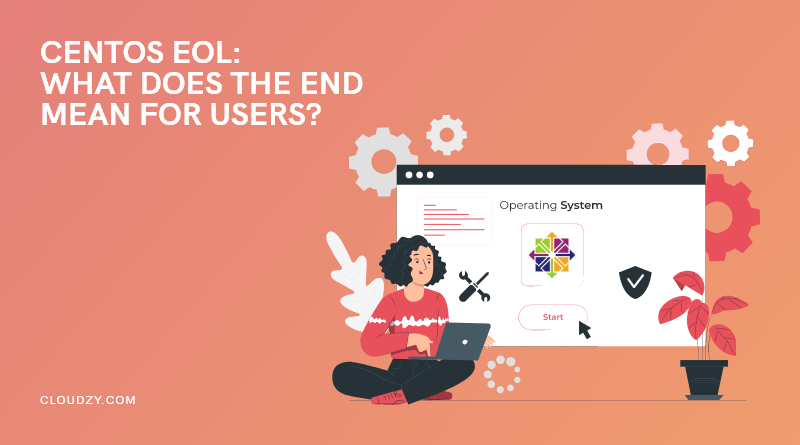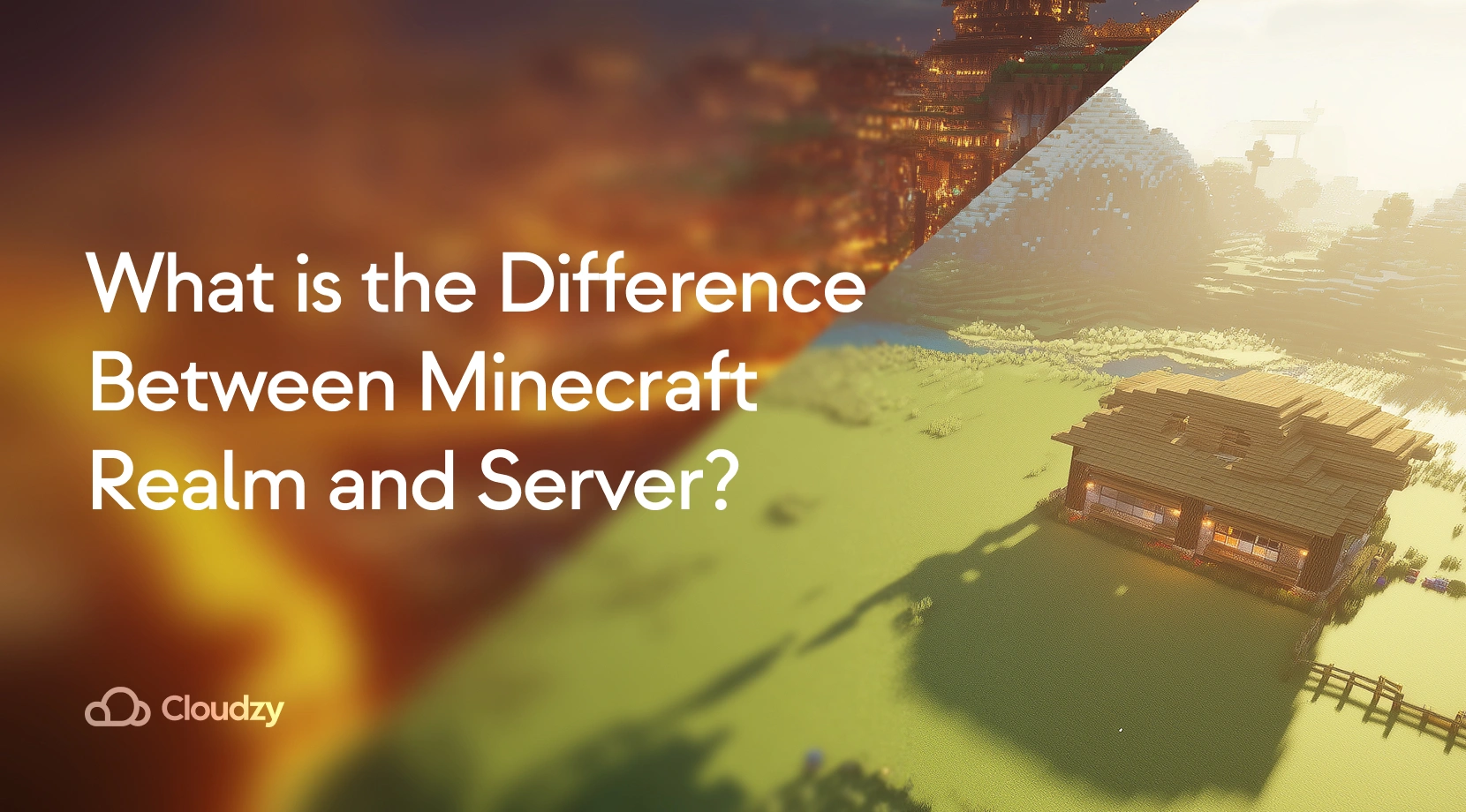For years, CentOS has worked as a prime example of how Linux distributions can contribute to the open-source efforts of international users. Throughout the years, we saw and were the users of different CentOS versions, each with their respective qualities and uses that made the upstream operational system a functional reality. These versions included the fabled original CentOS 6, which was released over ten years ago, followed by other versions such as CentOS Linux 7, CentOS Linux 8, as well as CentOS Stream 8, and CentOS Stream 9. Now, CentOS EoL has happened, and it’s all about to change.
While, the partnership of CentOS with RedHat was seen as a potential mainstream breakthrough for the OS, after several years of active joint development, it was RedHat itself that announced the end of active support for all CentOS variants effective by December 21 of 2021. The sole exception to this decision was the Stream 8 version, which itself is announced to no longer receive active and security support by May 31, 2024. Considering the fact that Stream 8 is the midstream version of CentOS releases, the news pretty much confirms the end of the popular upstream OS for good.
But the onset of CentOS EoL poses new challenges for the fans of upstream OS services. Where will they turn to now? What are some of the alternatives for the dead OS? Moving on, why was CentOS so popular with its dedicated fanbase? And will any OS win the heart of the fans that are left disappointed with the end of their favorite OS coming to an end?
Why Was CentOS So Popular?
To better understand the hole that the death of CentOS has left in the OS world, it’s useful to go over some of the reasons that made it popular with the nerdier echelons of computer OS users. This will, in turn, help us understand the needs that a potential alternative to CentOS has to fulfill.
-
Stability
As highlighted by LinuxHint in this elaborate article, CentOS and its derivatives were stable OS platforms that facilitated the easy execution of complex and heavy operations on any decent computer. This made the OS very popular with people who depended on stable computers for their work.
-
An Open Source OS
The Open Source nature of an upstream OS was one of the key aspects that made CentOS appealing to its user base. With a wide section of CentOS users already being coders and software developers, the open-source approach made it possible for the target audience itself to become involved in a global process of improving on the product, a major plus for any OS, but especially one so focused on this particular crowd.
-
It Was Free (And Had Less Updates)
In what is a jab at the likes of Windows, CentOS products came free of charge. They were also in a ready-to-market and ready to enterprise state that made them popular with many developing companies and individuals, This evidence is why centos was chosen to host cPanel or install PPTP VPN on it. Previously, we mentioned its world-class stability. Contrary to Windows and its notorious constant update packages, the inherent stable coding of CentOS made very few updates necessary. This in turn spared its users the plague of updates that Windows brings with itself.

Why Did CentOS EoL Happen?
CentOS, as we knew it, is dead. Users are already moving on to other OS products to look for an alternative. But it is important that we look at the reasons that CentOS EoL came to happen. As the news came out, it became clear that the final decision was not up to the original CentOS crew. Instead, the Red Hat executive board had the final say in the decision. What were the motives behind the decision? The answer to this question will help us not to become too dependent on a certain OS, as it is possible at any moment for its plugs to be pulled. Many CentOS 7 users, for example, are yet to come to terms with the infamous CentOS 7 EoL.
-
Too Much for Too Little
Towards the end of 2021, rumors were that RedHat was looking at a new brand direction aimed at more profitability. While CentOS and its derivatives were the flagship products of RedHat at the time, their free-of-charge philosophy was made without RedHat’s involvement. The decision was made by original CentOS developers and not by RedHat. On the other hand, a change of this policy after all this time would have killed the popularity of the product anyway. The constant efforts to fix bugs and come up with newer and upgraded versions, in the end, proved too much for RedHat, and the plug was pulled.
-
Side Project Hindrance
In late 2021, at the onset of the news of CentOS EoL, one of the RedHat executives announced that one of the main reasons for their decision was the fact that the active development of CentOS took up a significant part of their operational capacity for what was very small returns. Over time, Red Hat’s biggest acquisition had become its greatest financial burden. This, coupled with the fact that there was no operational capacity to allocate to side projects, made the decision for the infamous CentOS EoL.
Why is CentOS EoL Such A Big Deal?
What’s the big deal about it? Well, CentOS has been used by experienced Linux users for years as their Linux server. CentOS was the default operating system for the great majority of online and server hosting firms. CentOS is also used by a lot of people to TMD Host their own remote servers and websites.
This is not a minor issue. Apart from the damage that this caused the small firms, the damage goes beyond this. For years IBM’s consulting practice advised customers to use CentOS. CentOS is used by European designer houses that would have never let someone offer a replica of their favorite server OS. CentOS’s influence also goes beyond this, as it is used to power China’s whole telecom infrastructure. To understand the true influence of CentOS, it suffices to say that large parts of Facebook’s development also took place on CentOS.
 Linux Hosting Simplified
Linux Hosting Simplified
Want a better way to host your websites and web apps? Developing something new? Simply don’t like Windows? That’s why we have Linux VPS.
Get your Linux VPSCentOS 8 Stream: A False Hope?
The principal reason that the news of CentOS EoL caused shock and outrage was its sudden announcement and implementation. This gave the users very little time to seek potential solutions. It also caused many widespread projects hosted on the OS to suffer major setbacks. In what has been described as “damage control,” RedHat announced that a sole CentOS derivative, version “Stream 8,” will continue to receive security and active support until the end of May 2024. However, the community outrage seems to have only increased with this announcement. Why would the continued support for a CentOS product, so loved by its fanbase, make them angrier than before?
Upstream vs Midstream: Find Out The Differences
As already described, the stability of CentOS was, along with its upstream open-source structure, the principal reason for its success. Upstream, in this case, means that patches and changes in the open-source code of the product were directed from the mass of user/developers “up” to the original developers, which made the whole production process a comprehensive joint effort between the original developers and the users. This was the original reason for CentOS’s popularity. This CentOS 8 variant, ironically enough called “Stream,” does not use this same model and instead uses a “midstream” structure. This midstream variant instead is situated between the upstream development in Fedora and the downstream development for RHEL. This is the main reason for its unpopularity with traditional CentOS fans.
Announcement & PR
Another reason that soured the taste of CentOS Stream 8’s continuation for the users was the manner in which it was announced. While Red Hat’s decision was to discontinue CentOS in its original format, the announcement of this decision was subject to PR stunts. Instead of giving heads up to the users to manage their ongoing processes before the eventual shutdown, RedHat instead emphasized the continued support for CentOS Stream 8. This was a bitter blow for the fans of upstream versions of the OS, such as CentOS Linux 7, CentOS Linux 6, and CentOS Linux 8. This poor PR decision, along with the aforementioned lack of upstream utility, were the final nails in the coffin of Stream 8 as a potential last hope for the users.
Official Clarification
While some people are still lingering in the hope that CentOS Stream variants will somehow carry the torch for the users, all the signs indicate otherwise. This has not been enough for some of the more attached parts of the user base. Therefore RedHat had to come out with an official statement, clarifying that, speaking, Stream variants cannot and will not be a replacement for the Linux versions of CentOS. Chris Wright, CTO of RedHat, directly addressed the issue.
Best CentOS Alternatives in 2022
With all that said and done, users are left wondering where to land next. No doubt, it’s not easy to replace the qualities that CentOS brought to the table as one of the few open-source upstream Linux OS platforms. However, there are credible candidates that are stepping up to fill the gap. Needless to say, as we proceed to go over these potential replacements, the language will get a bit geeky, so excuse our French.
Ubuntu & Debian

Of course, when considering server operating systems that work best as a CentOS alternative, Ubuntu LTS editions will always come first. Furthermore, Ubuntu OS is much easier to use and manage than CentOS, at least. APT is a package manager that installs items. Ubuntu, on the other hand, offers a large ecosystem with both online courses and instructions that users may utilize to address various challenges and barriers whilst establishing a server-based software on Ubuntu or Debian on their own.
The latest long-term supported version from Ubuntu is 20.04 LTS Focal Fossa, which will be sustained by the developers until 2025 under public support, with a commercial option to renew it to 2030.
Ubuntu publishes one LTS version every two years, whereas the normal distribution happens every six months and also has a 9-month support life.
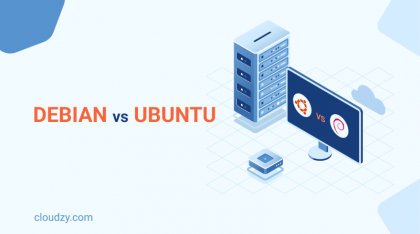
Oracle Linux

Oracle Enterprise Linux, or OEL, is the closest alternative to CentOS 8 Linux with RPM package management. It is also free and open-source, but the user must subscribe for support; otherwise, it is free to use in the same way that CentOS is. Oracle Linux is a clone of Red Hat Linux, as it is compiled from the source code of RHEL and receives early security updates. But, you would not find it there to deploy your programs in cloud computing or VPS services, though you might see it in the future. Oracle Linux can also be installed on docker.
Users can transfer their apps from CentOS 8 to Oracle Linux’s latest version due to the comparable base.To go deeper, you can read our detailed comparison to Oracle Linux vs. Ubuntu.
Oracle Linux could be downloaded free of charge using Oracle’s E-delivery program.
OpenSUSE
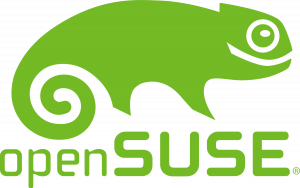
OpenSUSE is a versatile Linux – based OS that has long been overlooked. One of the causes for this is that it has a smaller audience than Ubuntu and CentOS, as well as fewer online tutorials and instructions. SUSE Software Solutions Germany GmbH is behind it. On SUSE, Delta RPMs and ZYpp package management are the primary command-line product managers in OpenSUSE.
Three package management tools are included. Zipp is a common command-line tool, YaST is for front-end development, and RPM is for low-level development. The minor release of OpenmSUSE occurs every twelve months, while the big updates occur every 36-48 months, similar to Ubuntu’s release schedule.
AlmaLinux

AlmaLinux, known as Project Lenix, is being produced by CloudLinux, a company with extensive Linux background. Each year, the corporation invests $1 million in its own 1-1 compatible version of RHEL 8 and subsequent versions. AlmaLinux, CloudLinux’s free, open-source, and community-driven solution, is scheduled for release by the end of Q1 2021. AlmaLinux will also make it simple to migrate from CentOS, allowing entire server fleets to be converted with a single command without the need for reinstallation or reboots. The latter point alone makes it one of the most efficient and reliable platforms to host your CentOS migration.
Rocky Linux

Following RedHat’s announcement of dropping the CentOS 8 LTS version, word spread that Gregory Kurtzer, the co-founder of CentOS, would create another Linux clone based on RHEL packages named “Rocky Linux,” similar to what he did with CentOS. I’m hoping he doesn’t sell it to RedHat or IBM as he did before.
While Rocky Linux by itself does not have the pedigree and background of some of the more established CentOS alternative contenders, it is being promoted by a premier and renowned developer in Kurtzer. This gives it the potential to rise as one of the better open-source operating systems going forward.
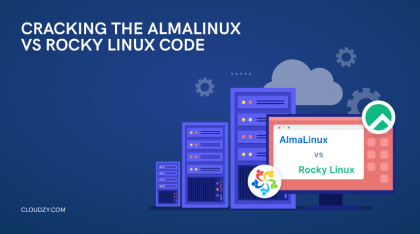
Conclusion
For those who were used to using the upgraded facilities of CentOS Linux 8 and its improvements compared to its predecessors, migrating to another OS is the only solution. It is still seen as a very odd choice on RedHat’s behalf to pull the support off Linux 8 compared to its previous releases.
For those who are still using CentOS Linux 7, there is no immediate worry as it will carry on to receive support until mid-2024. In fact, CentOS continues to draw a major user base despite its age compared to its successor, “Linux 8”.
To that end, many prominent Linux VPS providers also have chosen to maintain services that feature the CentOS Linux 7 on the host device. You can try your hand at using these high-quality Linux VPS services for yourself on Cloudzy. In case you wish to move to one of the alternatives mentioned for CentoOS and use it on Cloudzy’s VPS hosts, you can also rest assured.
Not only does Cloudzy continue to support the continued CentOS products on its VPS hosts, but it also offers other advantages such as competitive prices, maintenance minimization, and diverse packages that try to cater to its audience’s every need.
FAQ
Does CentOS Run on Linux?
Yes. But to be more precise, it is a Linux distro. That is to say, it’s a Linux derivative or distribution. CentOS was and still is a very used production-ready Linux server distribution. However, the end of support for its latter versions has reduced its active audience.
How long will CentOS be Supported?
CentOS’s most popular version, “Linux 8,” was announced to not receive any updates past December 21, 2021. Its predecessor, “Linux 7” will receive support until mid-2024 alongside the “Stream” variants.
Is CentOS A Good OS for Using Linux Via VPS?
Despite the fact that CentOS Linux 7 is outdated compared to the newer but discontinued Linux 8 version, it still remains one of the best Linux operating systems alongside Ubuntu, OpenSUSE, and Debian.

